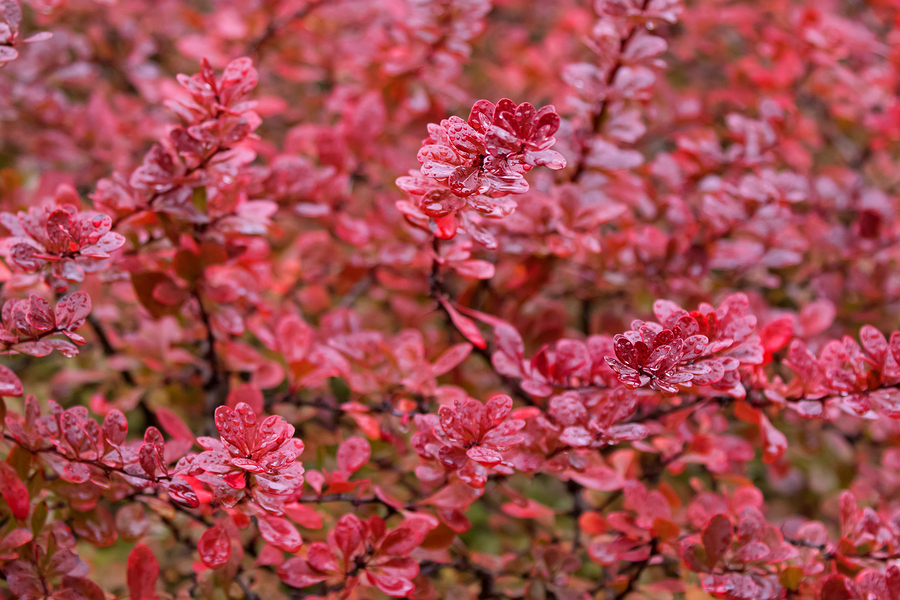You aren’t alone if you’ve either never heard of the Japanese barberry plant or if you didn’t know it was contributing to Lyme Disease. After all, it’s just a small, decorative shrub that landscape artists favor because of its color and heartiness. Oh and because deer hate it. However, ticks don’t hate it and as Japanese barberry has essentially grown out of control in places, it’s now become a safe haven for ticks.
RELATED STORY:
“Japanese barberry shrubs are warmer and more humid than other plants, creating an environment where ticks can thrive and reproduce, increasing the risk of transmission of Lyme and other potentially dangerous infectious diseases, experts say.
Ticks have to be infected with the bacteria that causes Lyme in order to transmit it. White-footed mice, which are common carriers of that bacteria, often hide in the barberry’s dense and thorny branches. One infected mouse passing through can transfer bacteria to any number of ticks, which then pass the infection to their next host.” 1
Dr. Scott Williams, the lead researcher on Japanese barberry for the Connecticut Agricultural Experiment Station, and his team found that an acre of forest that contains Japanese barberry can average a Lyme disease-carrying tick population that’s 12 TIMES HIGHER than an acre where no barberry exists. Yikes.
RELATED STORY:
If you have barberry on your property it’s a good idea to get rid of it. And, if you find yourself suffering from Lyme, know there is hope, check out my story of how I overcame Lyme disease here.












